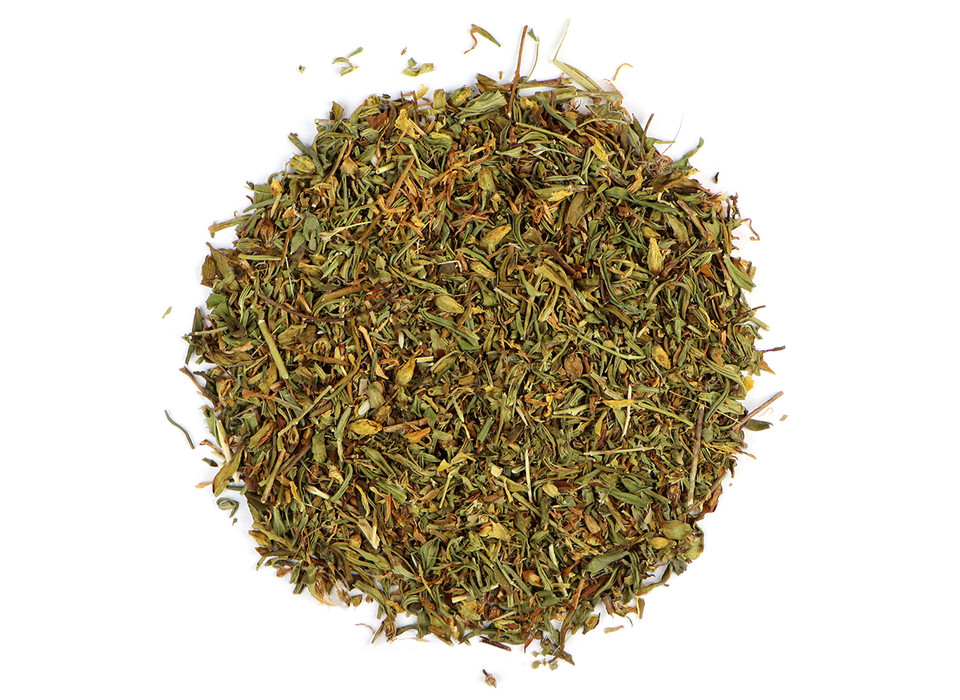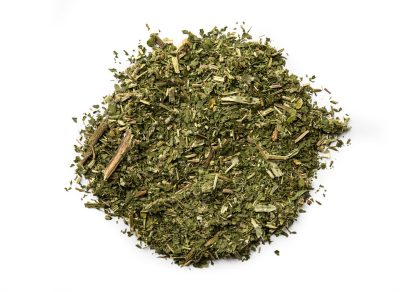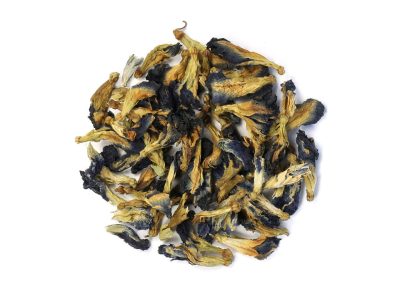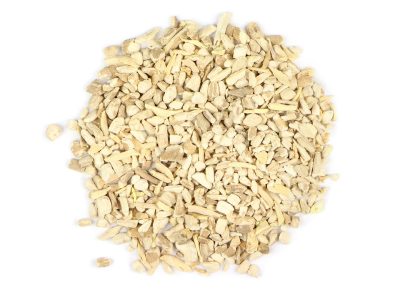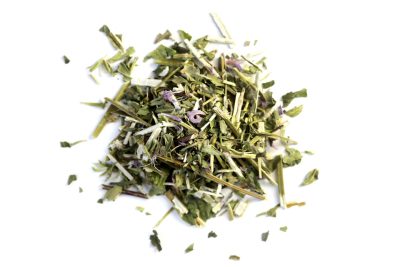While we work to ensure that product information is correct, on occasion manufacturers may alter their ingredient lists. Actual product packaging and materials may contain more and/or different information than that shown on our Web site. We recommend that you do not solely rely on the information presented and that you always read labels, warnings, and directions before using or consuming a product. For additional information about a product, please contact the manufacturer. Content on this site is for reference purposes and is not intended to substitute for advice given by a physician, pharmacist, or other licensed health-care professional. You should not use this information as self-diagnosis or for treating a health problem or disease. Contact your health-care provider immediately if you suspect that you have a medical problem. Information and statements regarding dietary supplements have not been evaluated by the Food and Drug Administration and are not intended to diagnose, treat, cure, or prevent any disease or health condition. PhysioFormulas, LLC DBA Your Healing Store assumes no liability for inaccuracies or misstatements about products.
St. John's Wort
$9.25
Description
Hypericum perforatum is an herbaceous perennial that grows wild along roadsides and in disturbed meadows. Native to Europe, Saint John’s wort has naturalized in temperate climates around the globe. Its bright yellow flowers are reminiscent of the sun and are traditionally harvested in the peak of summer between June and August. St.
John’s wort has a long history of use in traditional Western herbal practices. Typical preparations include steeping as tea, oil infusion, and extract.
St. John's Wort helps promote a healthy mood and emotional balance.*
Hypericum perforatum is one of many species known commonly as St. John's wort, and is the species most commonly associated with herbal preparations. It is native to Europe but has since been naturalized to other temperate climates around the world, with particular prominence in North America. The plant is a creeping perennial, producing star-shaped yellow flowers containing long, abundant stamens. St. John's wort is traditionally harvested near the beginning of the flowering cycle on St. John's Day, which falls annually on June 24th. The flowers continue blooming throughout the summer and may be freely harvested throughout the season.
Considered a holy herb, St. John's wort was employed for a number of folkloric uses during the Middle Ages. It was once
believed that the herb helped to protect people from curses, demons, and lightning.
In contrast to its many uses, some countries have identified St. John's wort as an invasive species and noxious weed. Though useful to humans, it can be dangerous to livestock, sprouting up in pastures and causing photosensitivity to the grazing animals that feed upon it. St. John’s wort belongs to the Hypericaceae plant family..
